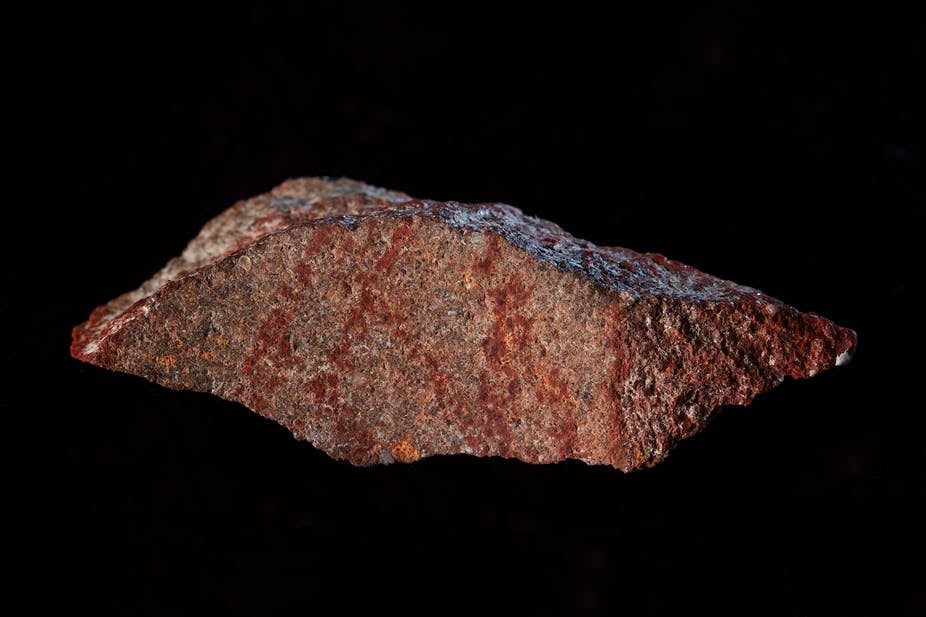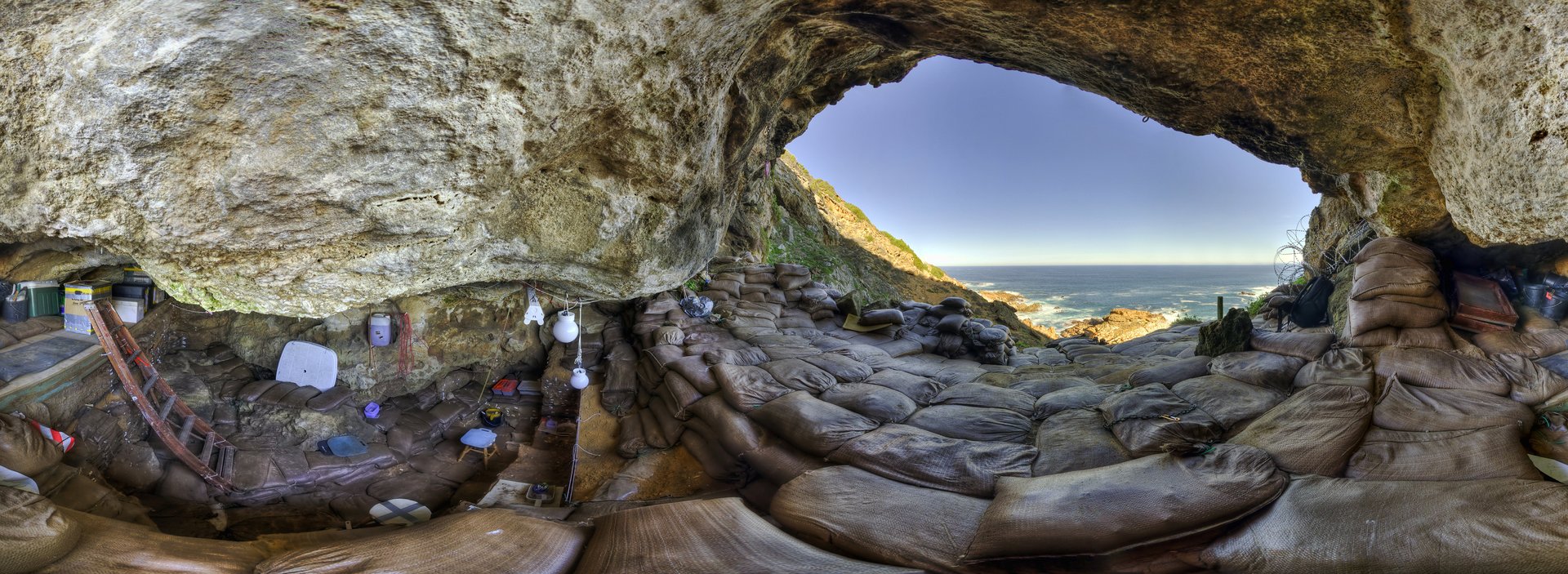What the oldest drawing found in South Africa tells us about our human ancestors
Seventy-three-thousand years ago, one of our earliest common ancestors drew a series of lines in red ochre crayon on a stone flake. This simple figure belies the complexity of our homo sapien ancestors, which modern humans are only beginning to understand.


Seventy-three-thousand years ago, one of our earliest common ancestors drew a series of lines in red ochre crayon on a stone flake. This simple figure belies the complexity of our homo sapien ancestors, which modern humans are only beginning to understand.
In a discovery published on Sept. 12, those series of red lines are now recognized as the oldest known drawing made by Homo sapiens. It was discovered in the Blombos cave, 300 kilometers (186 miles) from Cape Town, which was once a temporary home for hunter-gatherers thousands of years ago.
Until now, the earliest known human engraving was a zig-zag pattern dating back 540,000 years ago found in Java and the earliest drawing, a painting in the Iberian Peninsula from 64,000 years ago. Given the dates, these were created by Neanderthals, making the South African find the earliest Homo sapiens creation, made by ancestors of modern humans, said professor Christopher Henshilwood, who led the excavation.
“We would be hesitant to call it ‘art,’”Henhsilwood told The Conversation Africa. “It is definitely an abstract design; it almost certainly had some meaning to the maker and probably formed a part of the common symbolic system understood by other people in this group. It’s also evidence of early humans’ ability to store information outside of the human brain.”
The image has “six straight sub-parallel lines crossed obliquely by three slightly curved lines,” said Henshilwood. The lines end abruptly, indicating that they may have been part of a larger drawing, and evidence suggests the pattern was reproduced.
The South Africa discovery goes further in trying to answer a universal question: “When and where did our common ancestors first start behaving in ways similar to ourselves?”

Earlier excavations of the cave found something of an artist’s toolkit, consisting of two abalone shells filled with a red “paint” (an ochre-rich substance), Henshilwood said. The cave is 50 meters from the Indian Ocean, with an elevation of 35 meters. It’s believed that groups of 20 to 40 people lived here for weeks at a time before moving on.
The production of symbols points to a complex, or syntactic, language. Symbols by their very nature form part of a system of communication that reflects the society in which they function. To the groups of early man who camped in the Blombos cave, their lives had meaning as they made sense of their surroundings and relationships.
In 2004 in the same cave, archeologists discovered beads from the same period as the drawing, with a similar graphic pattern, indicating that those who sheltered in the cave had the kind of cognitive abilities that led to artistic and cultural expression and design capabilities, referred to as “symbolic material culture.”
Further excavations of the Blombos cave have yielded evidence of hearths, marine shells, stones and bone that all point to the “modern behavior” of our ancestors 100,000 years ago.